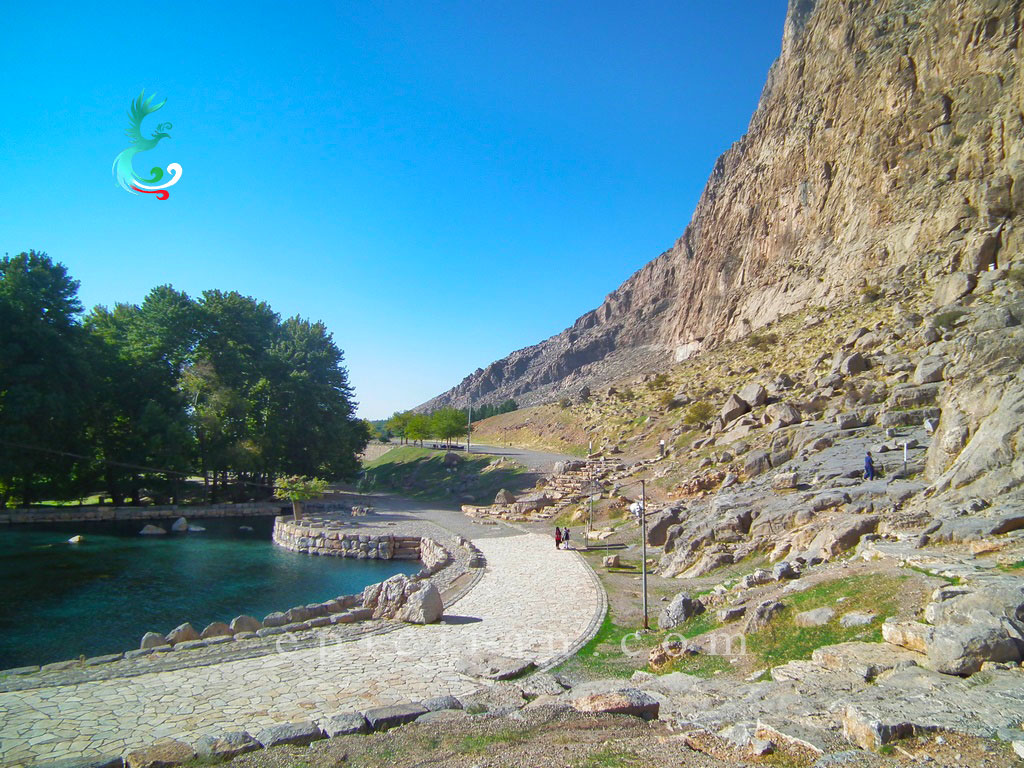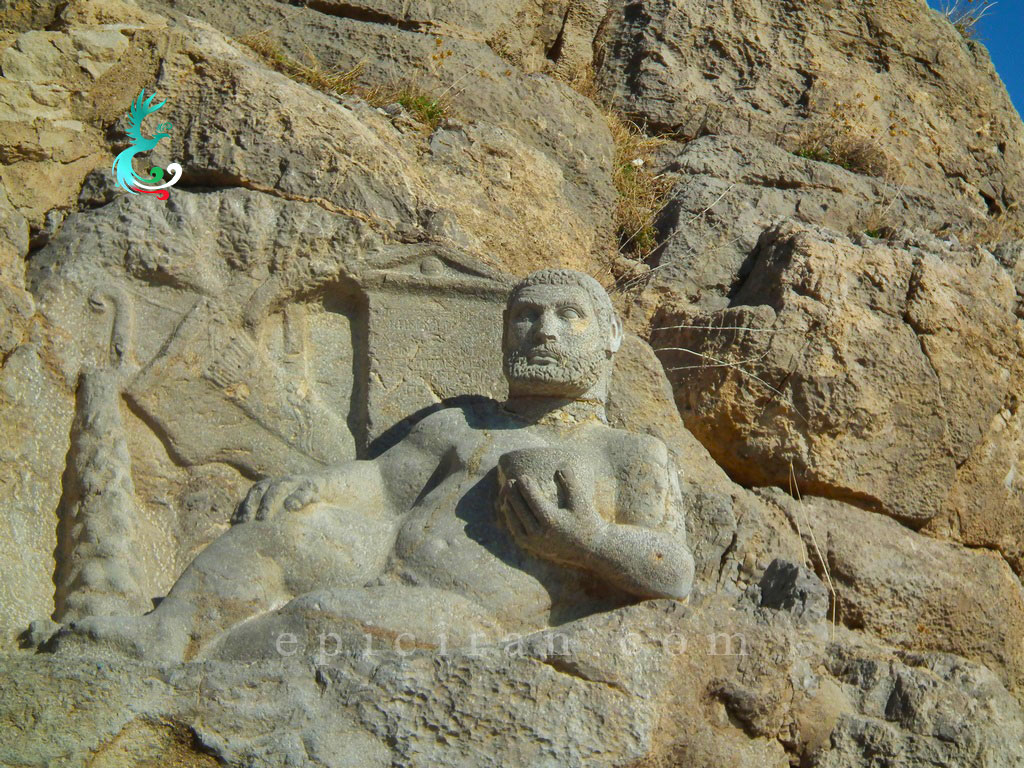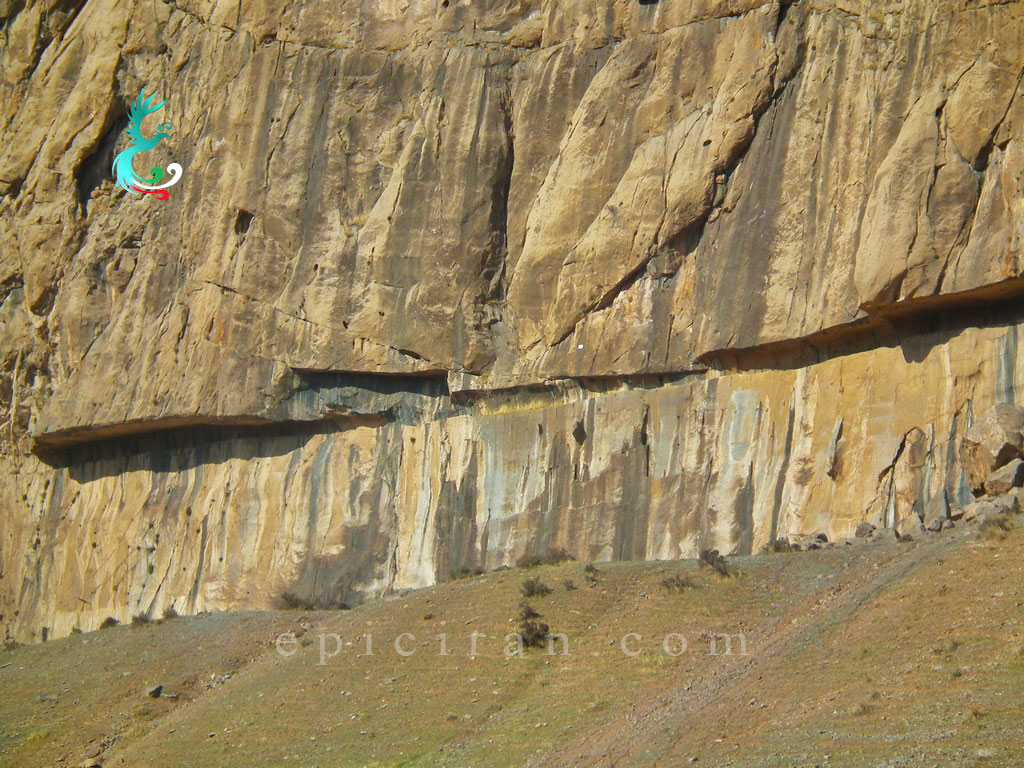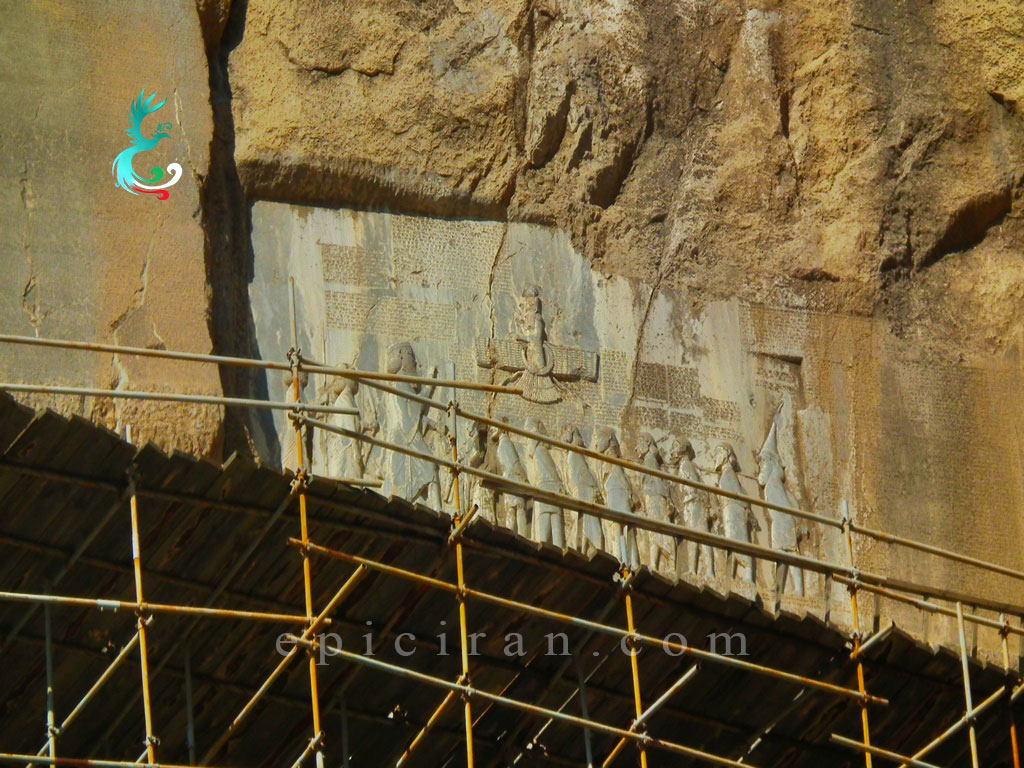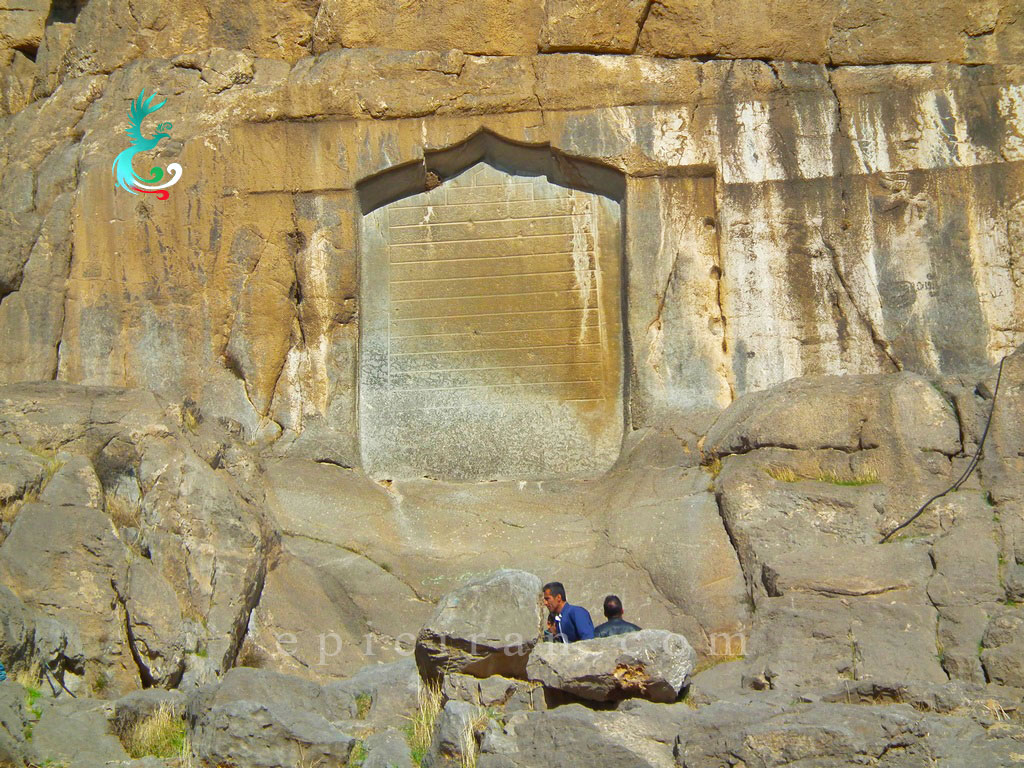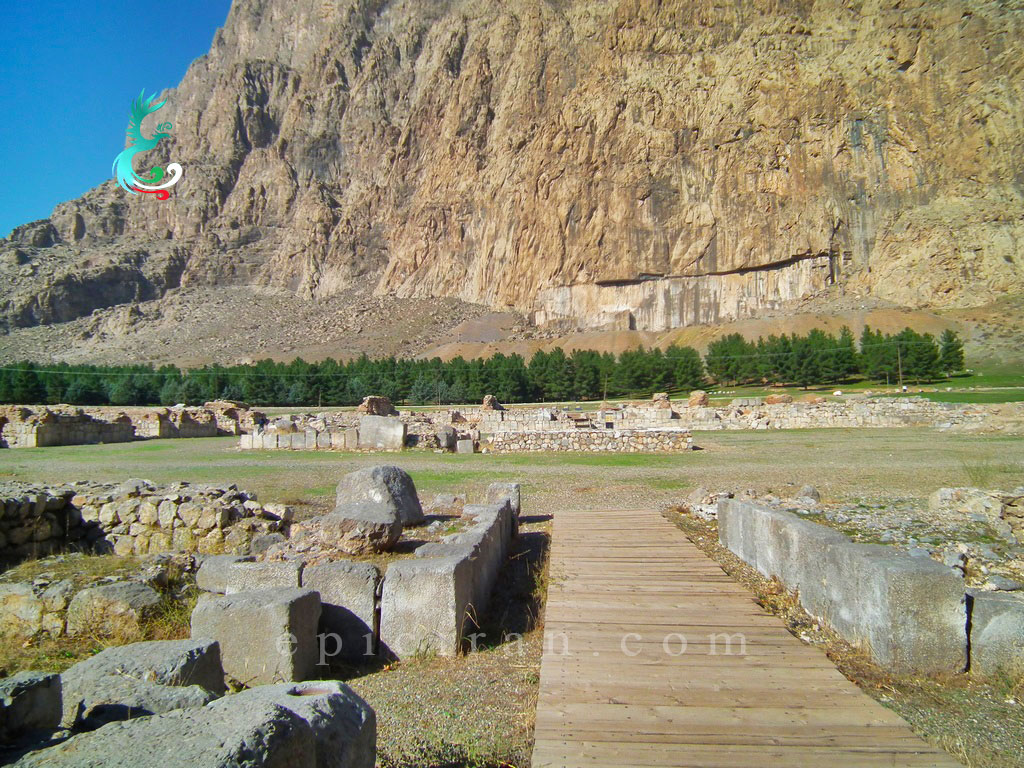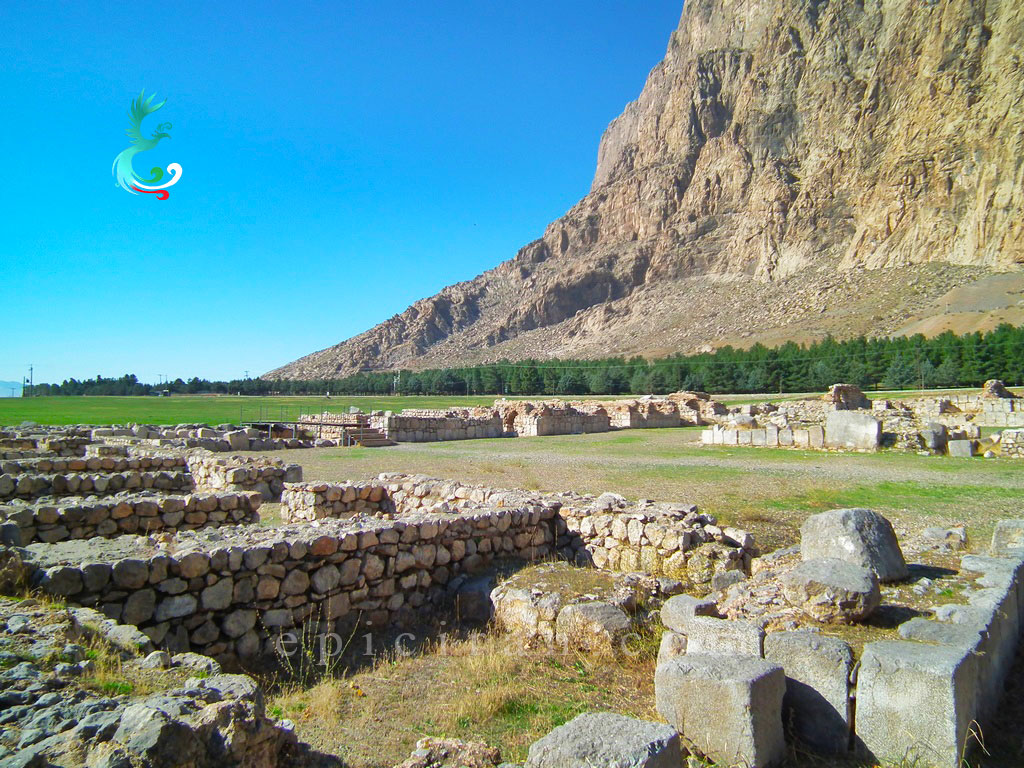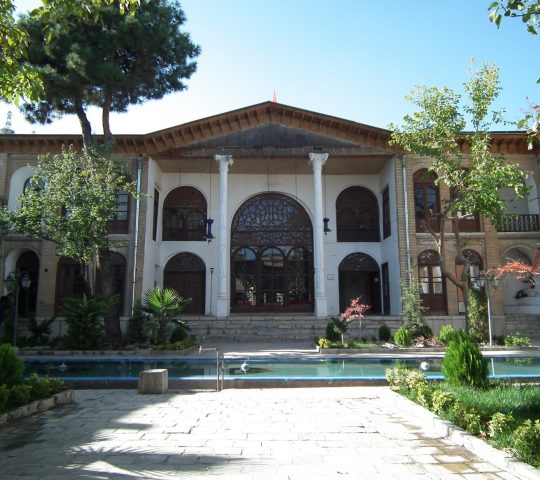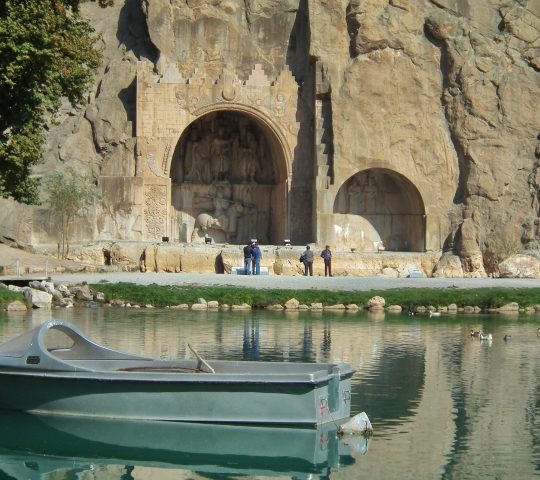The cultural-historical site of Bisotun is a historical and archeological area that belongs to several different ancient periods, including the pre-Islamic period, the post-Islamic period, and also the prehistoric period. The cultural and historical site is located at the skirt of Bisotun mountain, near the city of Kermanshah, alongside the ancient road of Kermanshah to Hamedan.
The mountain has been alongside an ancient, crowded road, and this road has been the passageway of caravans as well as military forces from the cities of Babylon and Baghdad towards the mountains of Zagros and Ecbatana. This is in itself one of the most important attracting factors of this area for displaying the power of the Persian monarch.
The name of Bisotun comes from the word “baqestan”, meaning the place of gods. The word “bisotun” turned into “bahistan”, and then “bahistun” in Middle Persian. During the first decades after the Islamic conquest, it was called “Behestun”, which means fine pillar, or the better pillar. It should be mentioned that today it is called “Bisotun”. The form of the word that is currently called “Bi-sotun”, meaning without columns, is one of the conversational dialects and has no validity.
The historical site, with an area of one thousand six hundred and fifty hectares and a private area of thirty-six thousand hectares, contains numerous and varied historical, natural, and environmental values.
Up until now, twenty-eight monuments from the ancient relics of the mountain have been recorded in Iran National Heritage List, and thirteen monuments, along with Bisotun Inscription, have been globally recorded on January 8, 2005, on the list of UNESCO World Heritage. The inscription, Statue of Hercules, Farhad Tarash Wall, Sassanid Construction, Ilkhani Caravanserai, Bisotun (Safavid) Caravanserai, the Parthian Stone, Parthian Historical Site, and the Lake were suggested as ancient monuments with the centrality of Bisotun Inscription for being recorded on UNESCO World Heritage List. According to existing documents, currently, twenty-eight recorded monuments are located in the Bisotun area. The archeological explorations of this area have estimated the residence in Bisotun to seventy thousand years ago when life had proceeded in a continuous manner.
The inscription, Statue of Hercules, the Parthian Stone, Goodarz Inscription, the Stone Carving of Mithridates II of Parthia, Palace, Farhad Tarash, Sasanian Bridge, Ilkahni Caravanserai, Shah Abbasi Caravanserai, and Bridge are among the historical monuments of this area, each of which goes back to one particular period in history.


